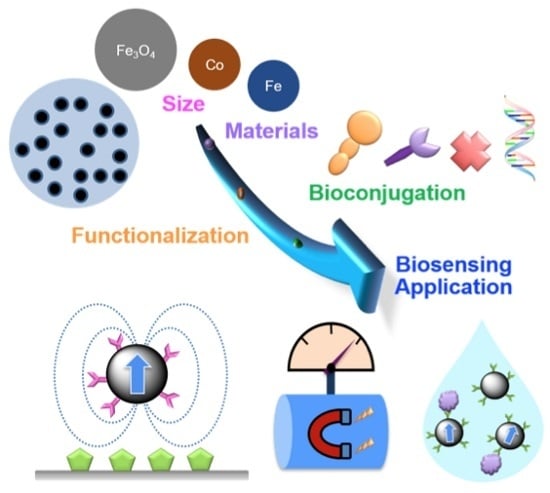Biosensing Using Magnetic Particle Detection Techniques
Abstract
Share and Cite
Chen, Y.-T.; Kolhatkar, A.G.; Zenasni, O.; Xu, S.; Lee, T.R. Biosensing Using Magnetic Particle Detection Techniques. Sensors 2017, 17, 2300. https://doi.org/10.3390/s17102300
Chen Y-T, Kolhatkar AG, Zenasni O, Xu S, Lee TR. Biosensing Using Magnetic Particle Detection Techniques. Sensors. 2017; 17(10):2300. https://doi.org/10.3390/s17102300
Chicago/Turabian StyleChen, Yi-Ting, Arati G. Kolhatkar, Oussama Zenasni, Shoujun Xu, and T. Randall Lee. 2017. "Biosensing Using Magnetic Particle Detection Techniques" Sensors 17, no. 10: 2300. https://doi.org/10.3390/s17102300
APA StyleChen, Y.-T., Kolhatkar, A. G., Zenasni, O., Xu, S., & Lee, T. R. (2017). Biosensing Using Magnetic Particle Detection Techniques. Sensors, 17(10), 2300. https://doi.org/10.3390/s17102300






